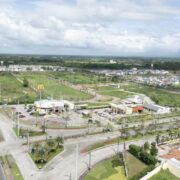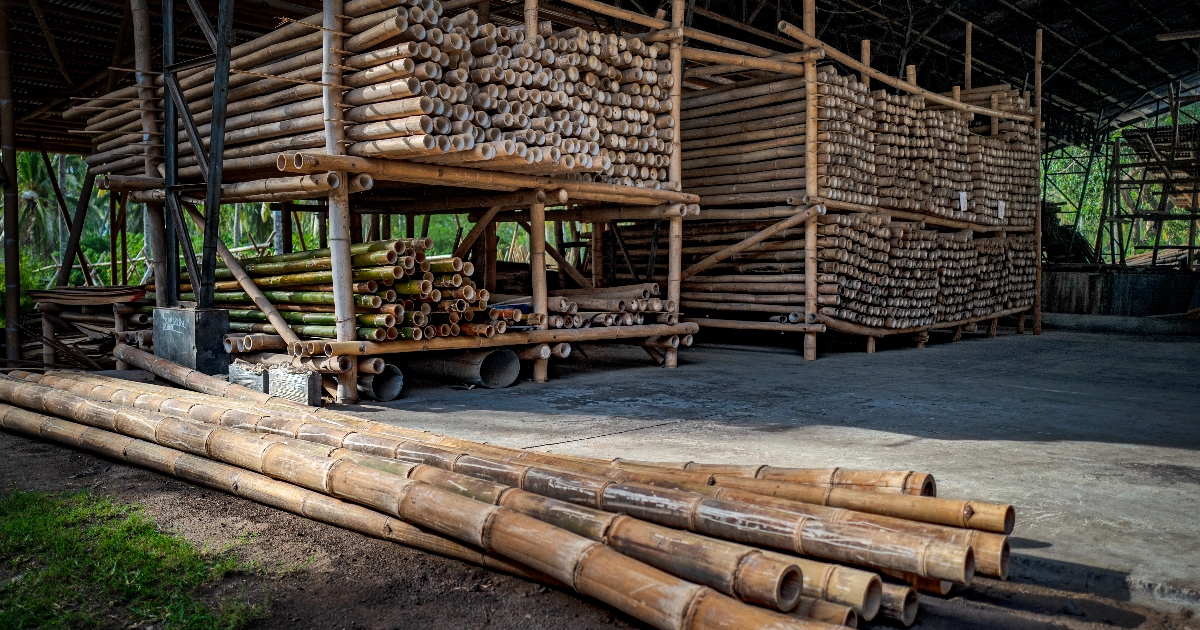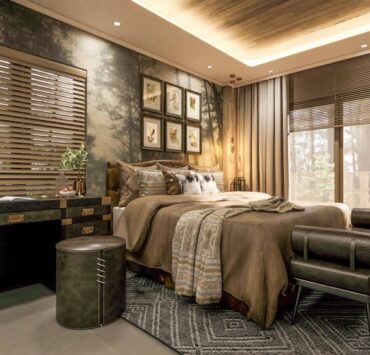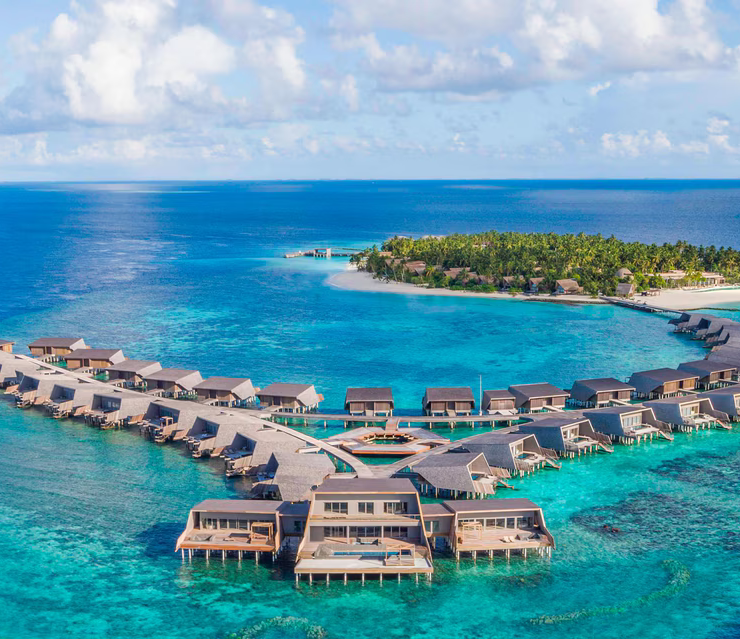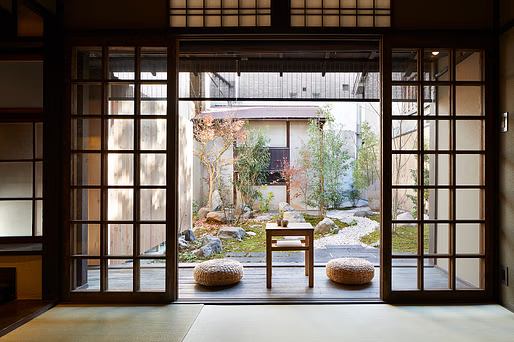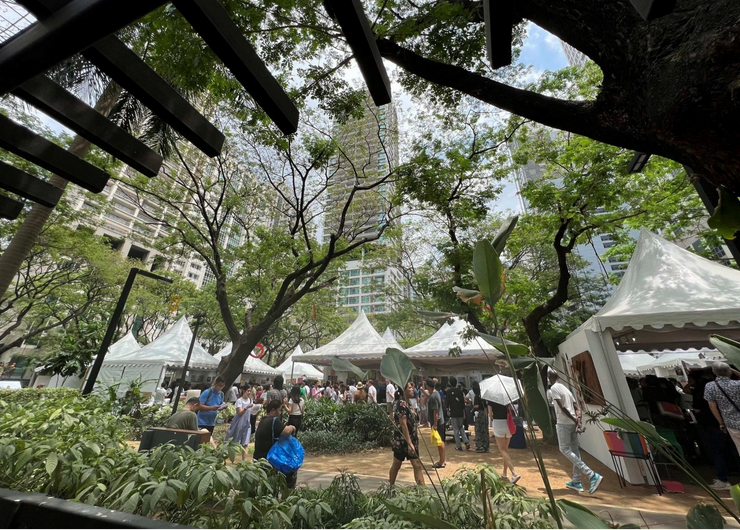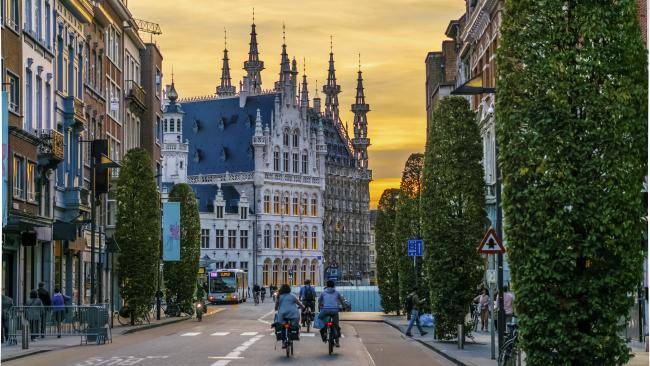Nature in skyscrapers
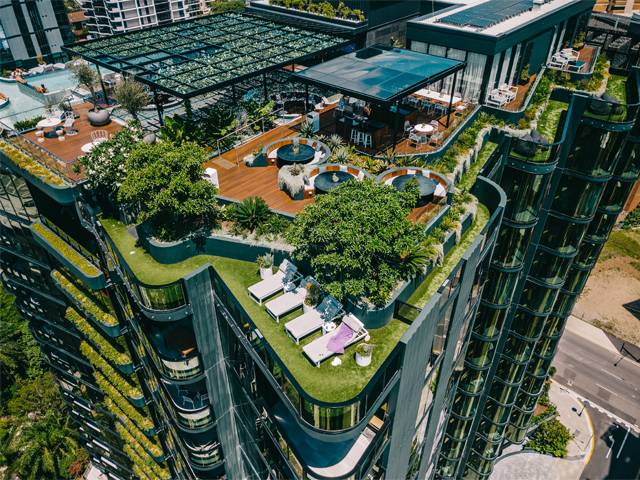
Nature-inspired architecture, known as biophilic design, bridges the gap between modern structures and the natural world, creating environments that positively impact well-being.
In the Philippines, with its tropical climate and urban growth, this approach can significantly enhance residential buildings, hotels, and condominiums by blending the built environment with nature and addressing aesthetic and functional needs.
High temperatures, humidity, and seasonal rainfall create a setting that demands sustainable cooling, energy efficiency, and climate-resilient designs.
Biophilic principles help regulate building temperatures naturally while fostering human-nature connections, improving occupants’ physical and mental well-being. Architectural designs that bring nature to people embrace natural light, ventilation, and materials that harmonize with the surrounding ecosystem.
Here are several key strategies.
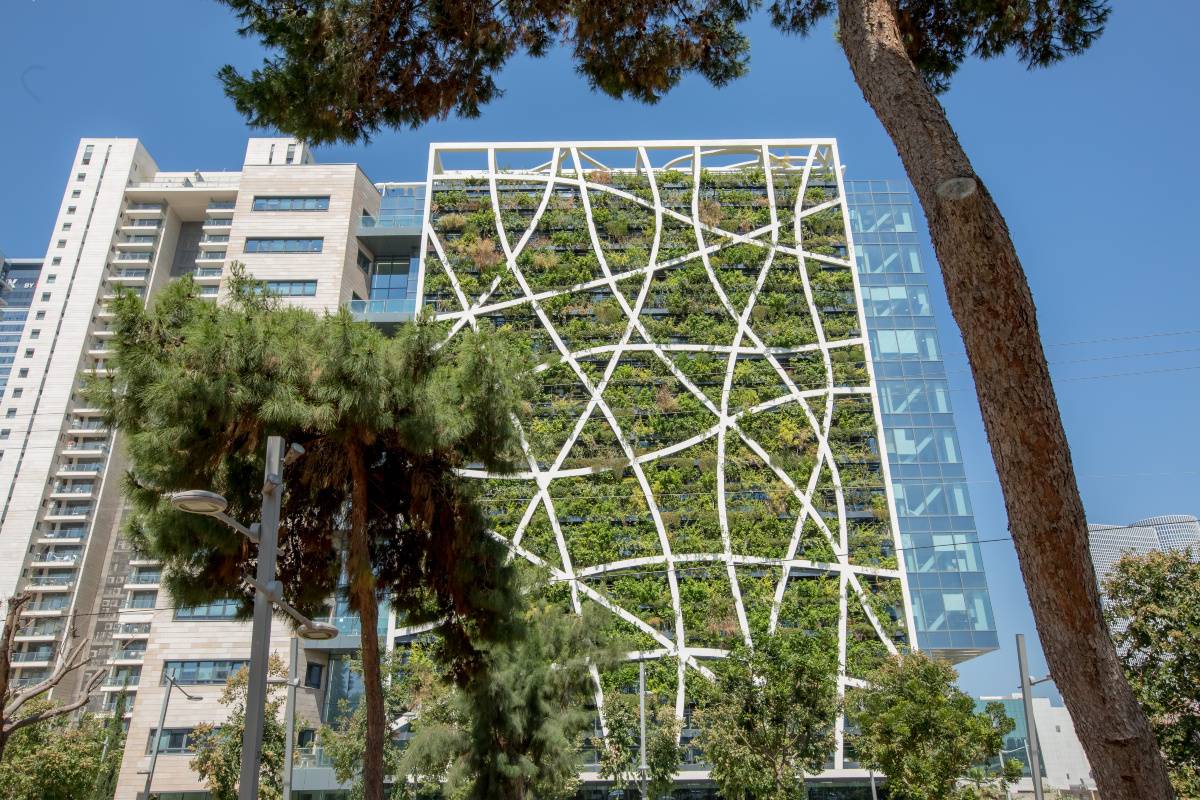
Living walls and vertical gardens
Vertical gardens are one of the most effective ways to incorporate greenery into a condominium or hotel.
These living spaces improve air quality, provide natural insulation, and offer visual appeal, all while reducing energy consumption in tropical environments. Some buildings in Metro Manila exemplify this approach by featuring expansive vertical gardens that reduce the need for artificial cooling.
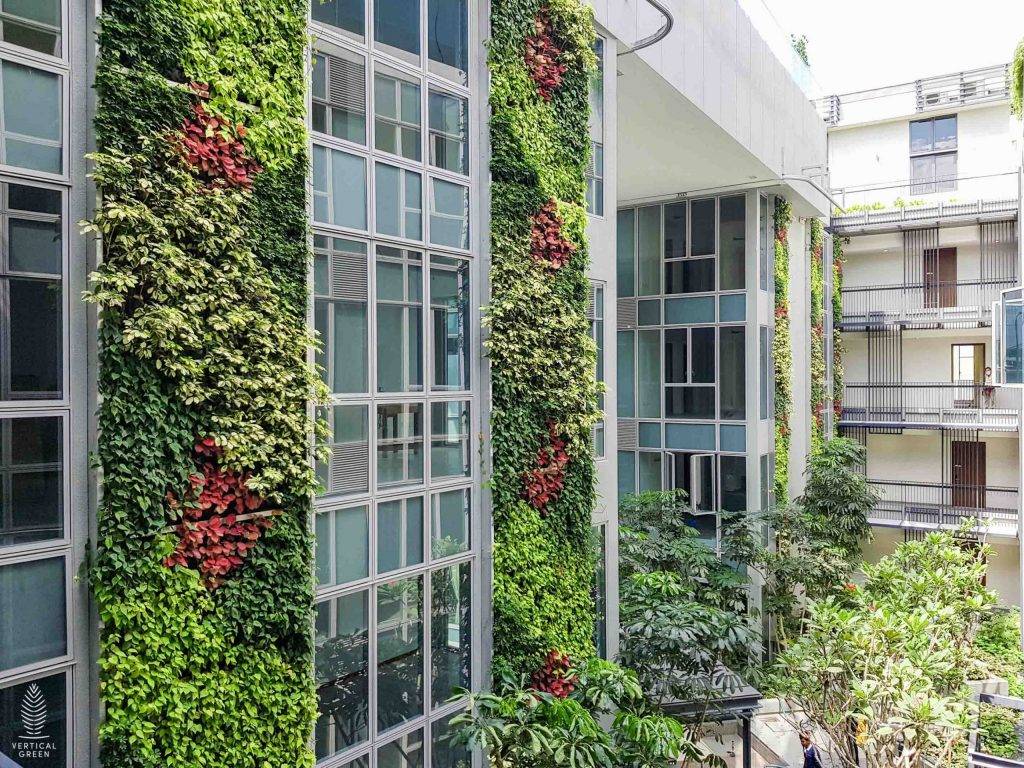
Maximizing natural light, ventilation
The biophilic design emphasizes maximizing daylight and natural ventilation.
Buildings should take advantage of the tropical sun through strategic window placement, light shelves, and skylights. Natural light reduces the need for artificial lighting and supports the circadian rhythms of the occupants, contributing to their overall health.
For instance, residential developments that use floor-to-ceiling windows can balance light with energy efficiency, controlling heat gain with passive cooling techniques like overhangs or shading devices.
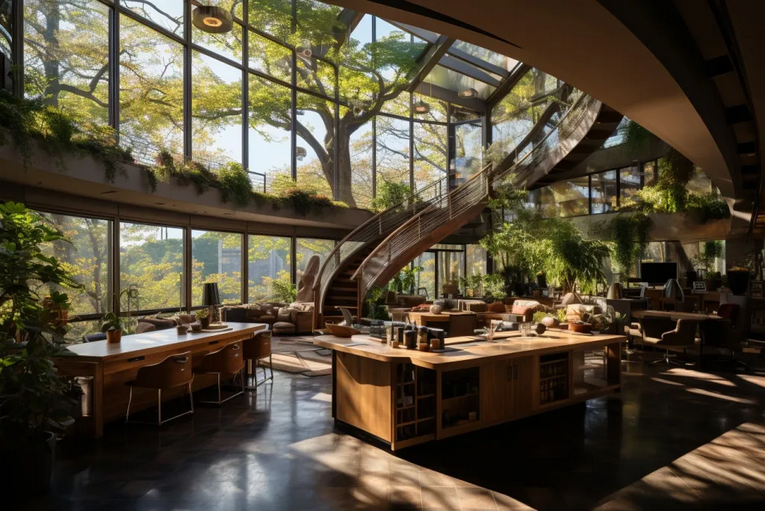
Water elements and thermal comfort
Incorporating water features like fountains, ponds, or rainwater harvesting systems helps create a soothing atmosphere and improves the microclimate around buildings.
In a humid tropical climate, water features can aid in natural cooling by maintaining humidity and creating a comfortable environment. Simple additions like shaded pools or cascading water installations can refresh and relax residents while reducing the building’s reliance on energy-consuming cooling systems.
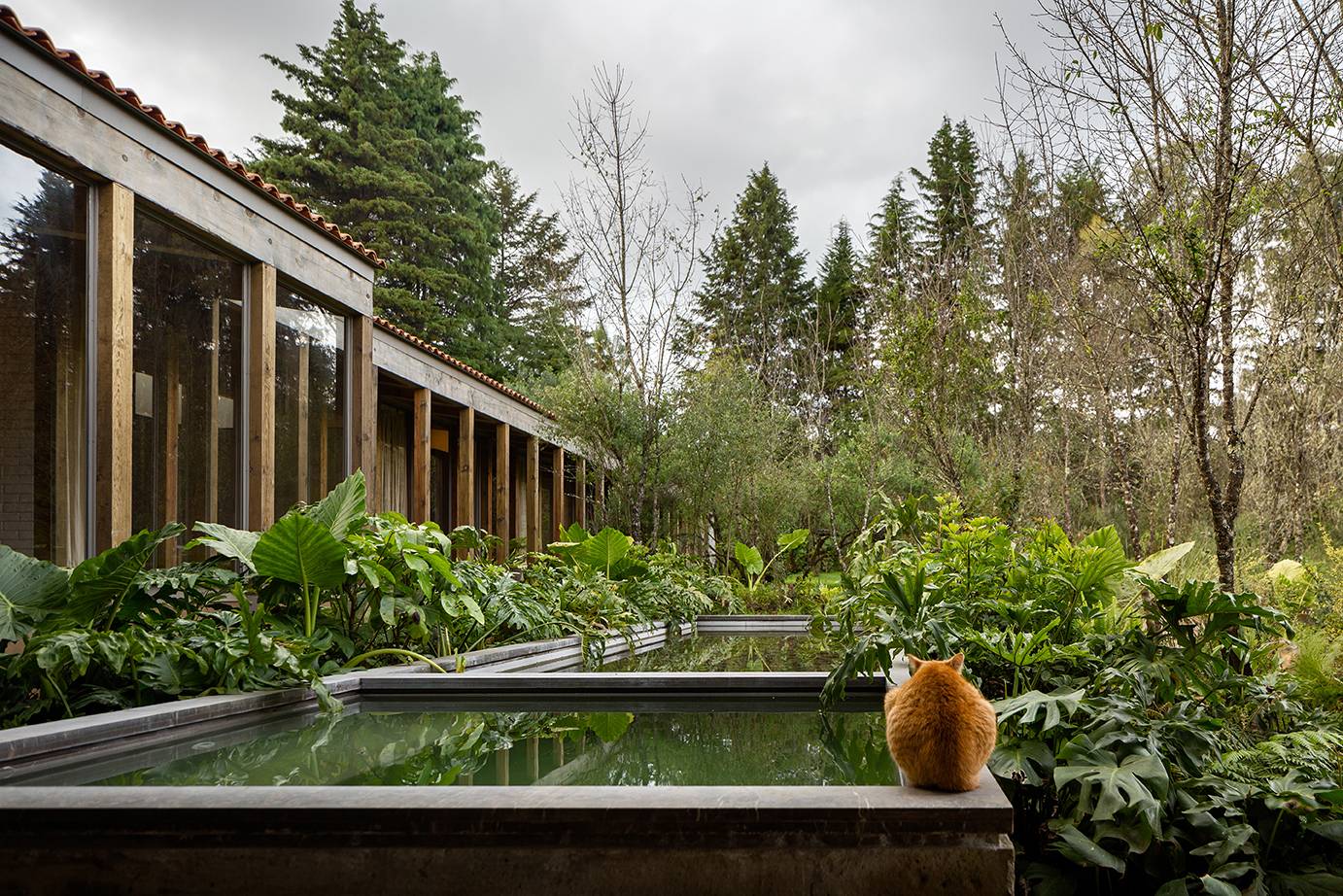
Locally sourced natural materials
Bamboo, timber, and stone, abundant in the Philippines, are perfect for creating tactile experiences and adding natural textures to buildings.
These materials provide a lower environmental impact than synthetic alternatives while creating an inviting, earthy aesthetic. Incorporating materials native to the local environment reduces carbon footprints and supports sustainable construction.
Green amenities, outdoor spaces
Green amenities offer insulation and help regulate building temperature, a critical factor in tropical regions.
These communal spaces also create habitats for wildlife and offer residents access to natural spaces, even in densely populated urban areas.
Terraces, pocket gardens, and sky parks provide crucial outdoor areas for relaxation and foster a sense of community. Several projects in Makati have embraced these elevated concepts, offering rooftop green spaces to promote social interaction and relaxation.
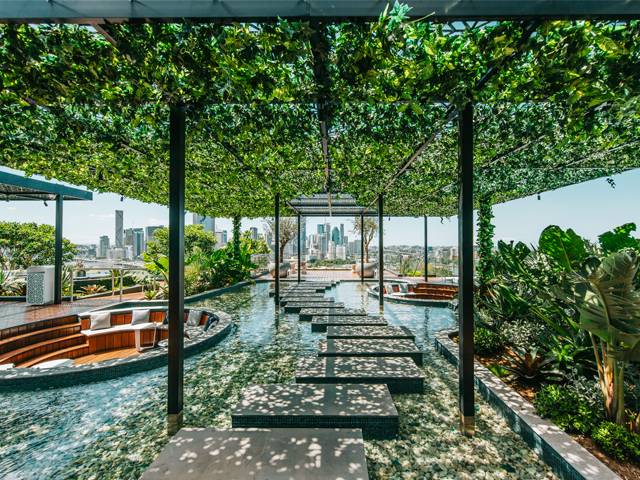
The author (www.ianfulgar.com), is a leading architect with an impressive portfolio of local and international clients. His team elevates hotels and resorts, condominiums, residences, and commercial and mixed-use township development projects. His innovative, cutting-edge design and business solutions have garnered industry recognition, making him the go-to expert for clients seeking to transform their real estate ventures













